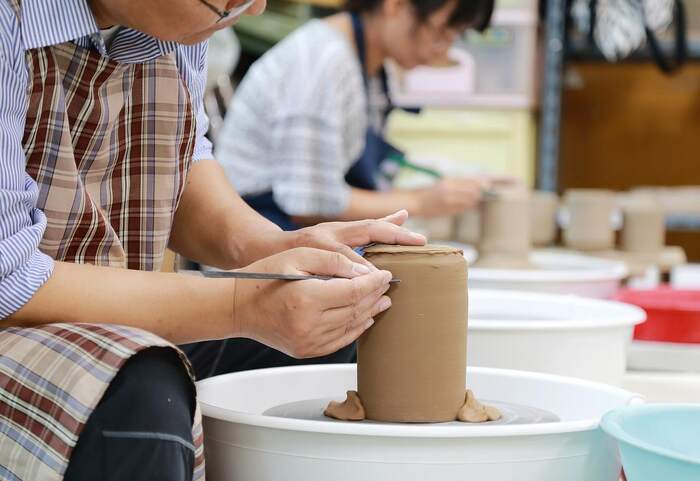Pottery is an art that transcends borders, finding its way into countless cultures around the globe. It might seem like a humble craft, but its impact is profound. From being used in daily rituals to playing a starring role in grand celebrations, pottery is key to understanding cultural heritage.
Let’s take a journey around the world to uncover the fascinating role of pottery in traditional festivals.
Europe: The Alluring Charm of Ceramics
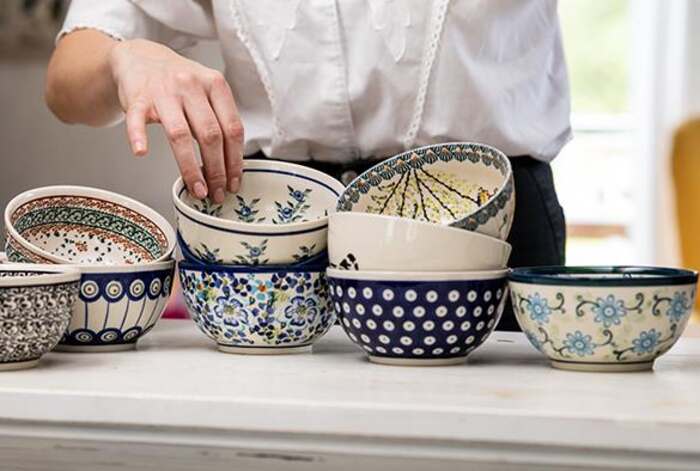
Pottery is woven into the cultural fabric of Europe in delightful ways. Whether it’s a colorful plate or a simple cup, everything resonates with centuries-old traditions.
Pottery from Poland, for instance, is a craft that has spanned generations. Many festivals celebrate this age-old skill, and Polish potter is especially highlighted during these events.
In Spain, the Modernist Ceramics tradition comes alive at local fairs. These are not your average fairs with rides and games. Instead, they are a canvas for artisans. The atmosphere buzzes with creativity, as skilled hands shape clay into magnificent works of art.
Africa: The Heartbeat of Ancestral Ceremonies
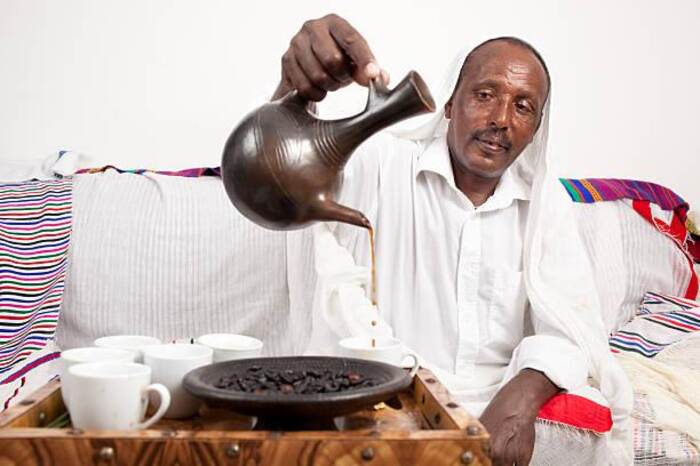
Pottery isn’t just about creating something beautiful in Africa. It’s about connecting with the past. Each festival is like opening a time capsule. From Ethiopia’s Enkutatash celebration to Nigeria’s yam festivals, pottery holds a prominent place.
In many African cultures, pottery is used in rituals that prepare food offerings for ancestors. Every pot crafted has a specific role. Whether it’s a large vessel for brewing a traditional drink or a small pot for holding sacred herbs, each is created with reverence.
Without these pots, the festival wouldn’t have the same depth and connection to ancestry.
Asia: A Canvas for Cultural Stories
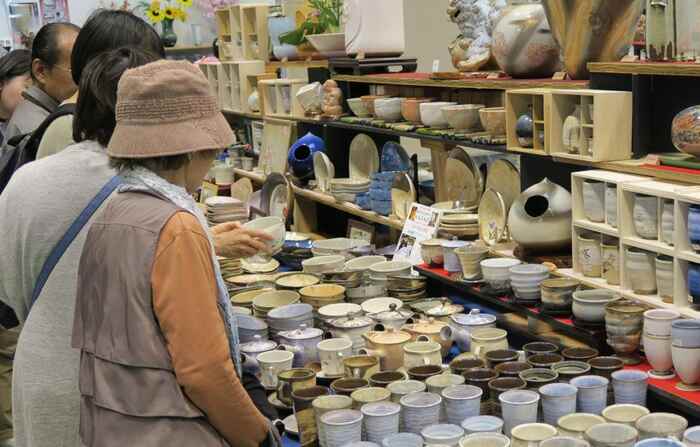
Asia is as diverse as it is vast, and pottery festivals here reflect that diversity beautifully.
In China, the Dragon Boat Festival isn’t just about the boats. It’s also about the vibrant pottery pieces that decorate the celebrations. Intricate designs tell stories of dragons and legends that are centuries old.
Japan offers another fascinating peek into pottery’s role in festivals. Take, for example, the Hagi Pottery Festival. Artisans sell their precious creations, ranging from traditional tea sets to avant-garde masterpieces.
It’s a tactile experience for festival-goers who touch history with their fingertips. The use of pottery here isn’t just ornamental; it’s woven into the Japanese tea ceremonies. That’s what makes these festivals so enriching and captivating.
The Americas: Beyond Ordinary in Pottery’s Role
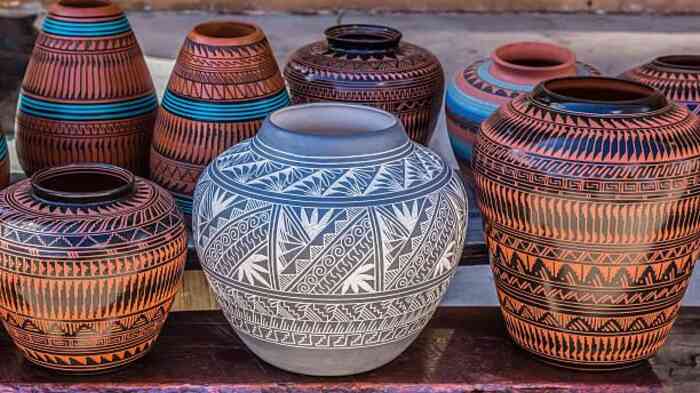
In the Americas, from the northernmost regions of Canada to the southern tips of Argentina, pottery serves as a cultural hallmark.
Native American tribes have long celebrated pottery as part of their identity, particularly during their many powwows and festivals. Pottery pieces don’t just sit on the sidelines, collecting dust. They take center stage.
Mexico delights with the Día de los Muertos, where pottery comes alive, literally and figuratively. Painted skulls and ceramics adorned with marigolds honor those who have passed. It’s about life and death, but primarily, it’s about the continuity of cultural traditions.
The Future: Bringing Old Traditions to New Generations
As we explore the mesmerizing journey of pottery in festivals around the world, one thing is clear. This ancient craft isn’t fading away. If anything, it’s evolving, breathing new life into both the art form and the festivals it adorns.
By embracing technological advances, like 3D printing and modern glazing techniques, the future of pottery finds its place in contemporary festivals.
Yet, while the methods might modernize, the soul of pottery remains unchanged. This duality makes it a fascinating element at traditional festivals.


